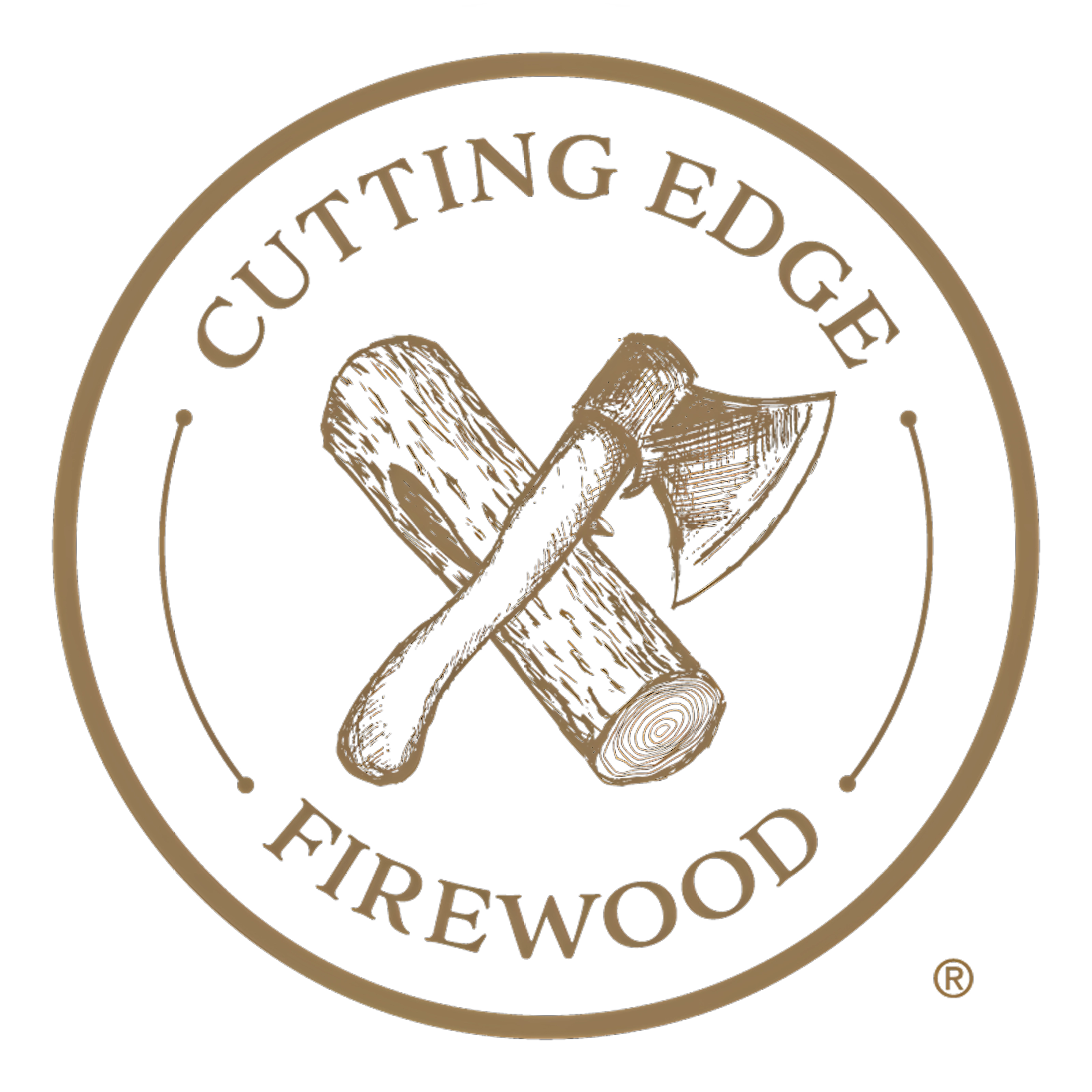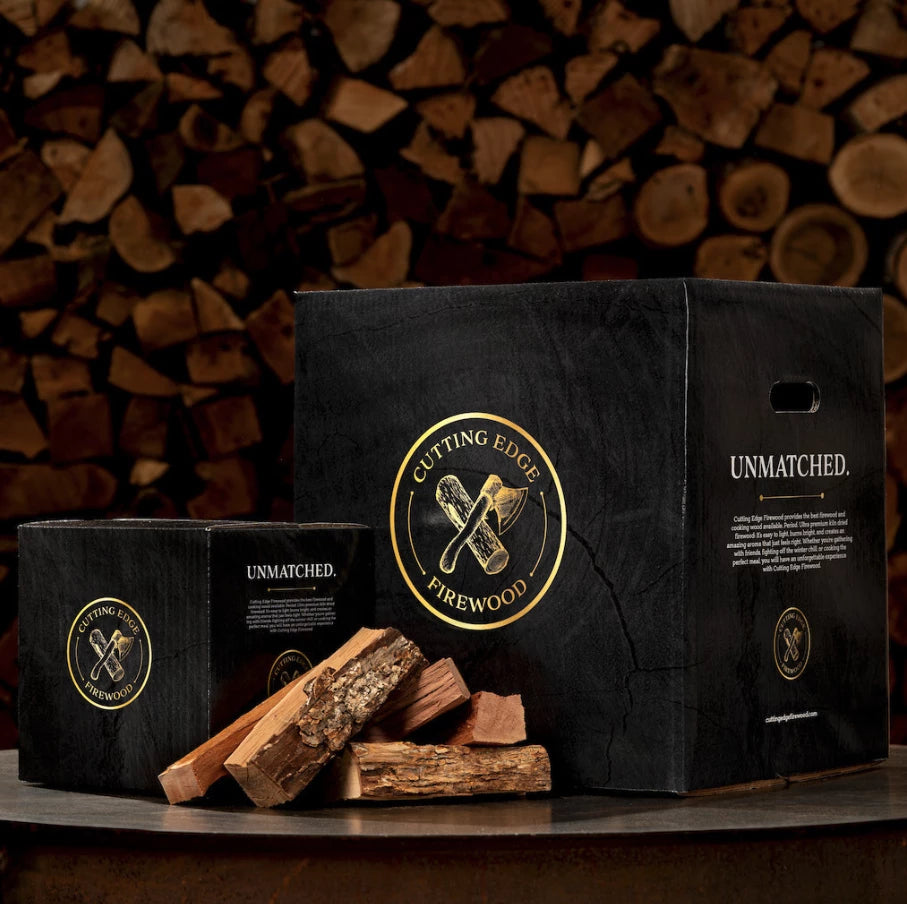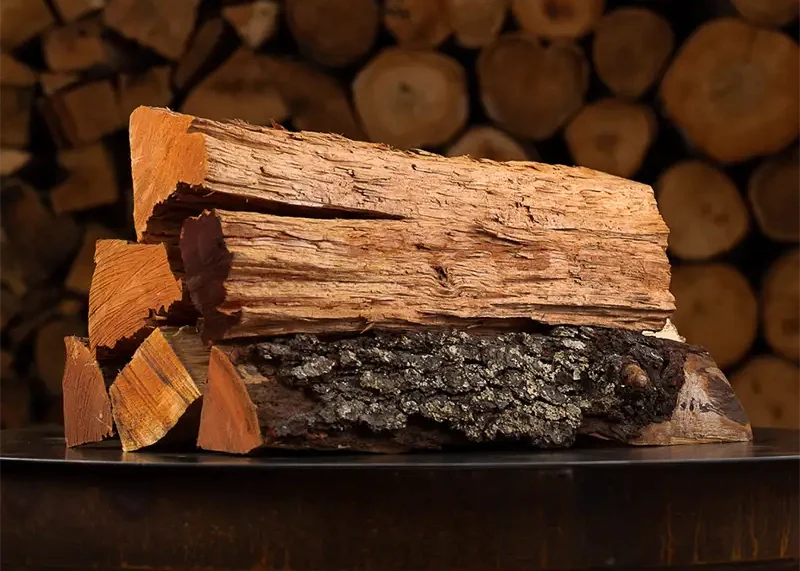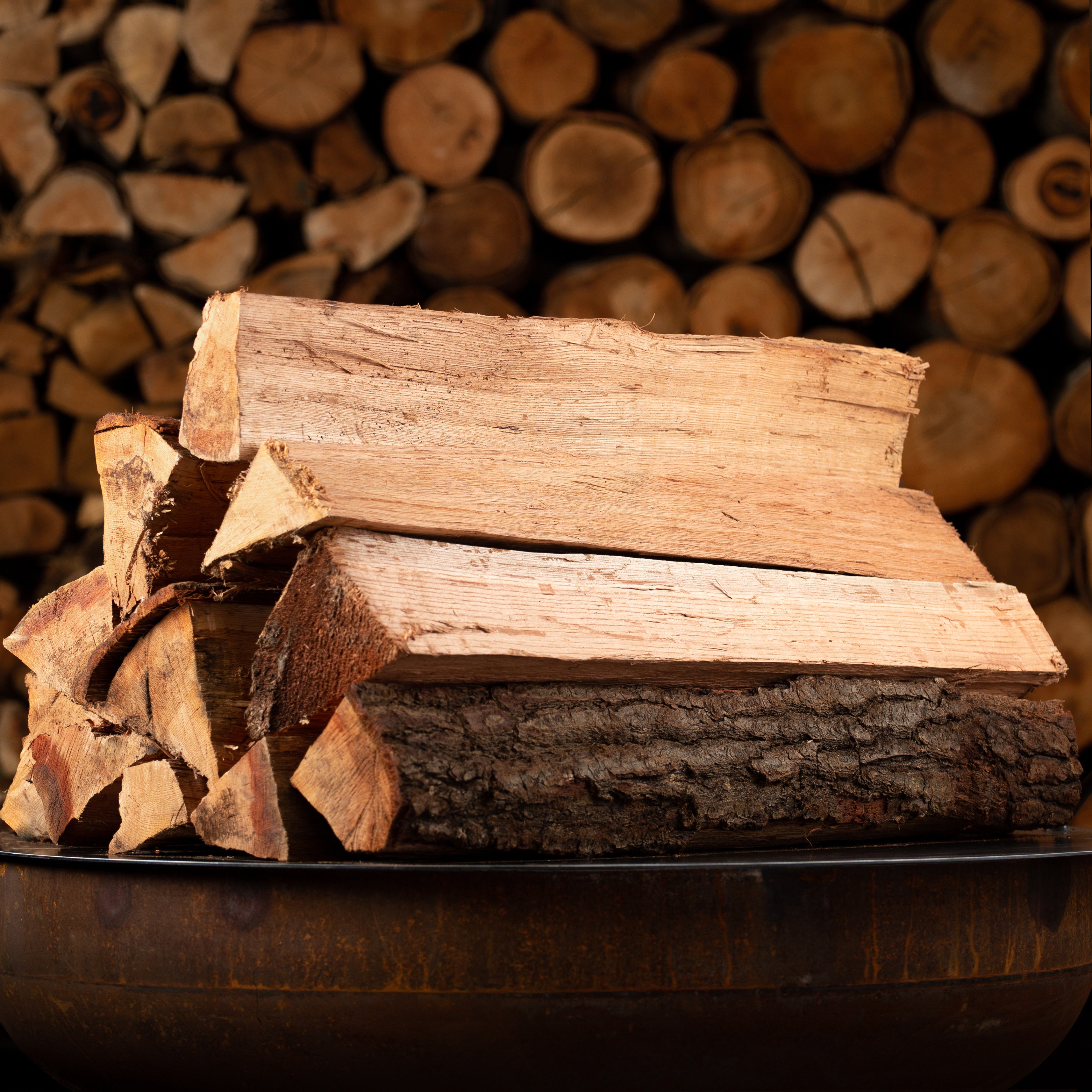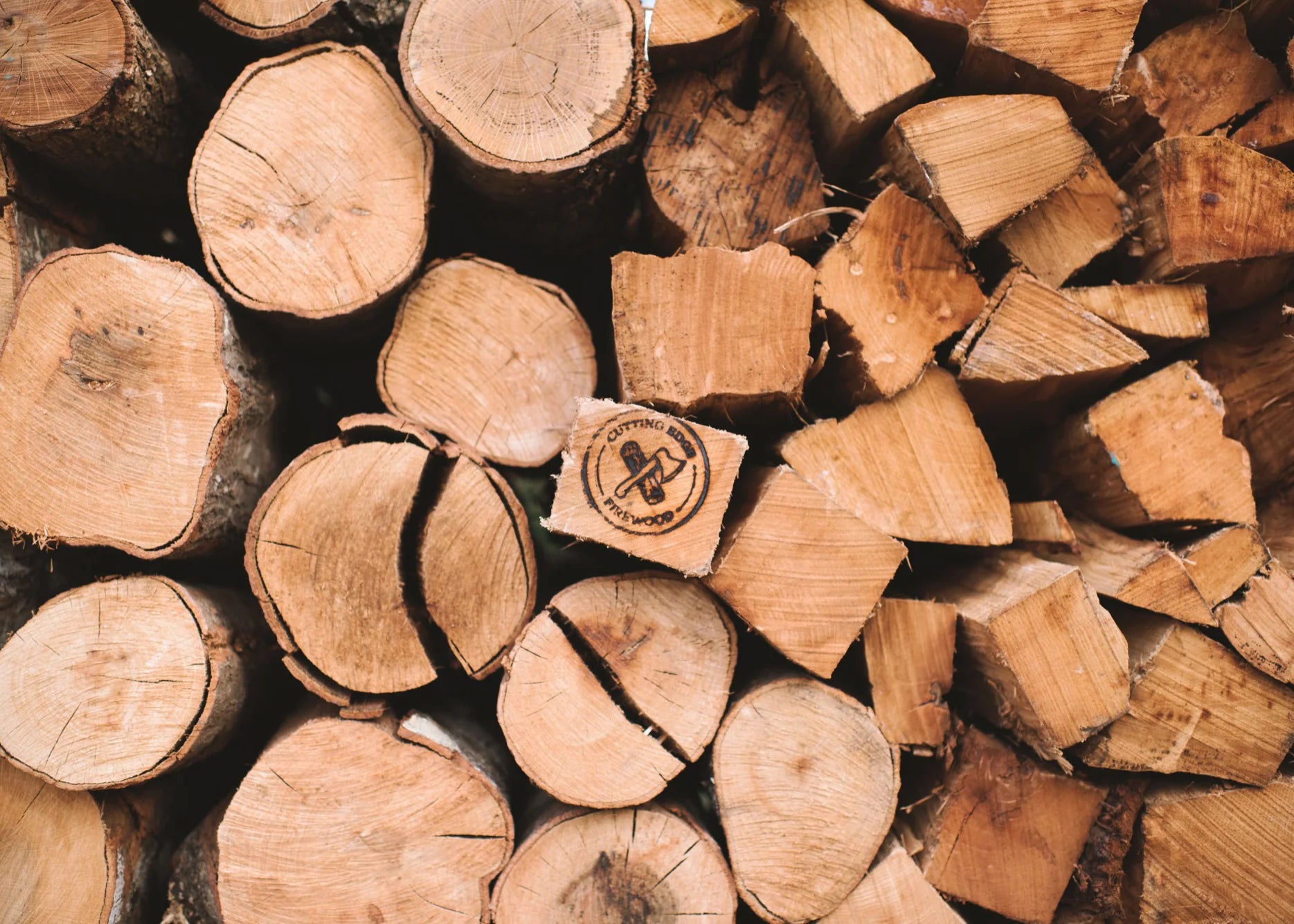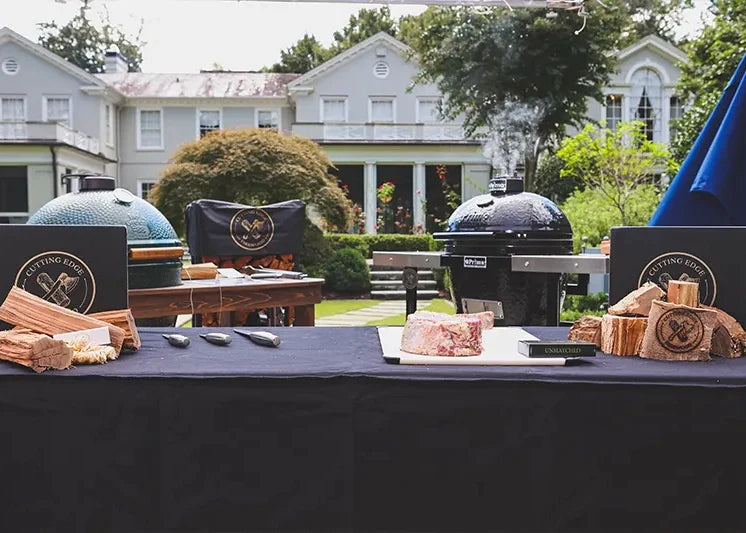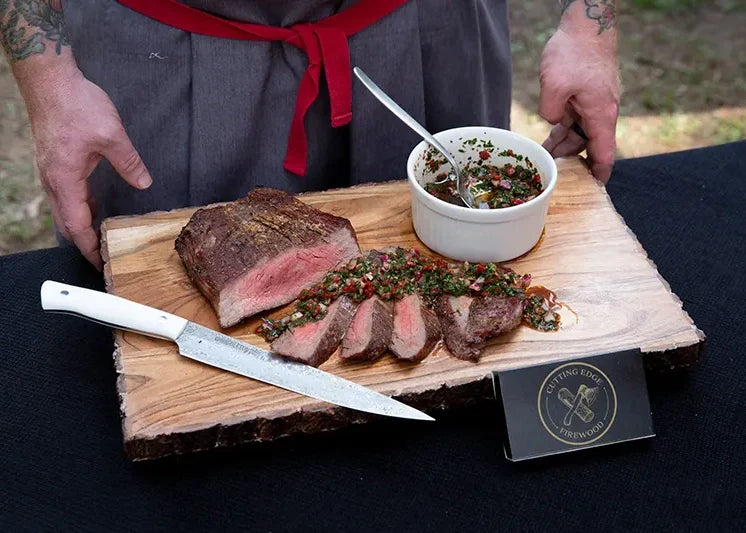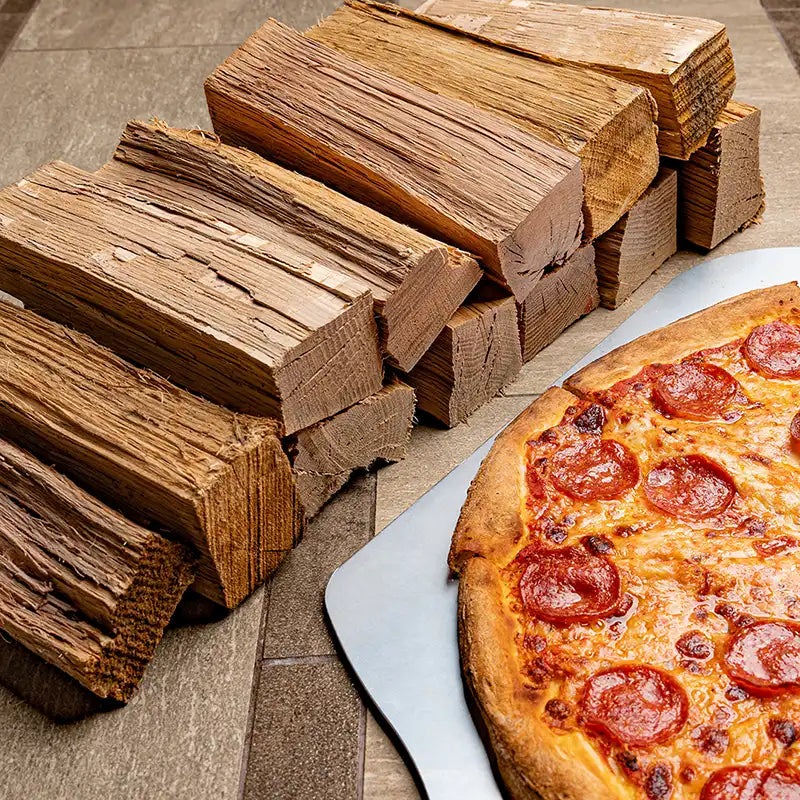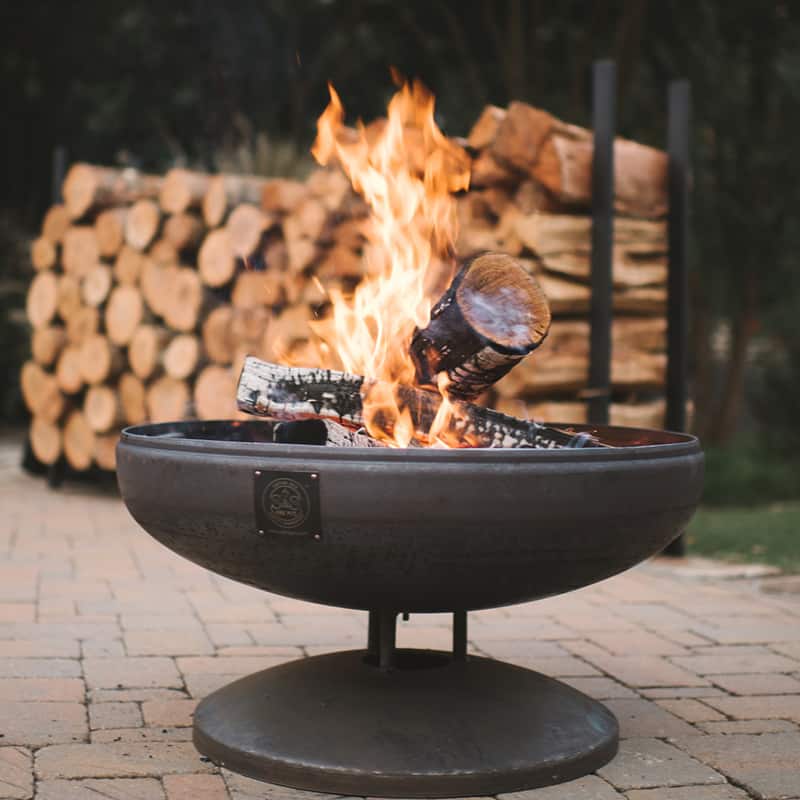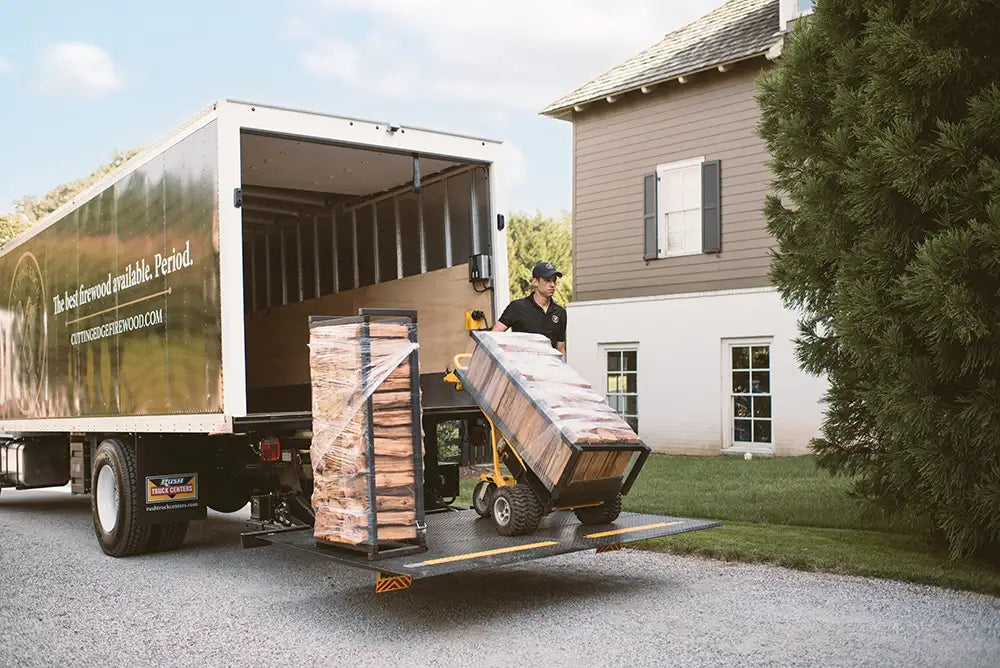In baking circles, there is a longstanding debate about the difference between pizza and flatbread. At their core, both cuisines involve a bread base with toppings, and both support a wide range of variations, including both sweet and savory options. You could spend hours around the firepit with your foodie friends, discussing the nuances that separate the two cuisines, and still never reach a resolution, but one thing is for sure--both pizza and flatbread are delicious summer treats. However, in the heat of the Atlanta summer, you probably don’t want to bake either one in the oven in your kitchen, where the temperature can quickly rise to an unbearable level. As an alternative, you should consider cooking your pizza or flatbread over your fire pit. Not only will this be a more enjoyable experience, but it can also improve the quality of the final product--in fact, you’ll probably end up enjoying the best pizza or flatbread of your life!
Read on for more information about the differences between pizza and flatbread (and how they relate to your fire pit cooking plan), as well as tips on cooking both over your fire pit this summer.
Basic Differences Between Pizza and Flatbread
In the debate over the difference between pizza and flatbread, the jury is still out on the specifics. However, in most culinary circles, it is generally agreed-upon that the main difference is that flatbread is thinner and crispier than pizza crust. According to some, even thin-crust pizza should be thicker and chewier than flatbread, which should have a much more crusty, crumbly texture.
According to cooking experts, there are two different methods to give your bread either a pizza-like or flatbread-like thickness and texture. One method involves the ingredients, and the other involves the preparation process, but both options are important to consider if you’re planning to cook your pizza or flatbread over your fire pit this summer.
-
Option 1: Adding yeast
Some people say that the difference between pizza crust and flat bread is that pizza crust includes yeast as an ingredient, while flat bread is unleavened. If you’re using a yeast-based pizza dough recipe, you may need to plan for significantly more prep time in the kitchen before you’re ready to bring the dough out to your fire pit. In order to minimize the amount of time you spend indoors, you’ll want to use instant dry yeast for you pizza crust or choose a non-yeast-containing flatbread recipe instead. -
Option 2: Par-baking the dough
Some people contend that flatbread dough can contain yeast, because the texture actually comes from the process of par-baking the flatbread dough before you finally cook it with all the toppings. Par-baking means that you’ll pop the dough in the oven for a few minutes before adding the toppings for the final bake over your fire pit--a process that imparts a crispier taste, but also means you’ll have to use your oven instead of relying solely on your fire pit. Nevertheless, an advantage of the process is that you can par-bake the dough, wrap it in plastic wrap, and store it in your freezer for days or weeks prior to baking. As a result, you can be prepared for a social gathering well in advance, and you have the flexibility to spontaneously decide to cook a delicious flatbread over your fire pit on a warm summer night--just pull it out, add your favorite summery toppings, and get ready for the best, crispiest flatbread of your life!
Essentials for Cooking Pizza and Flatbread Over Your Fire Pit
In order to get the delicious, fire-grilled pizza crust or flatbread you’ve been dreaming of, you have to start with high-quality cooking wood. Firewood for cooking burns hotter and longer than other firewood options, providing the optimal burn temperature for your crust. The aroma of the firewood also adds nuance to the flavor of your pizza or flatbread. That way, no matter what you put on it, your pizza or flatbread will “taste like summer.”
Of course, you’ll also need an iron grate for your fire pit if you want to cook pizza or flatbread--it’s not something you can roast on a stick! You can place your pizza or flatbread on either a metal pan or a stone on top of your grate, or you can opt to make personalized pizzas or flatbreads in individual cast iron skillets.
One of the challenges of cooking pizza over your fire pit is optimizing the cook time for both the crust and the toppings, since it often takes much longer for the crust to cook than the toppings. To keep things simple, you may want to consider roasting vegetables or sausages on roasting forks over your fire pit, and then just slicing them onto the pizza or flatbread for the last few minutes of cook time. If you’re looking for a sweeter flatbread, you can also create a s’mores pizza or flatbread by melting chocolate over the crust and topping it with freshly-roasted marshmallows!
Whether you decide to cook pizza or flatbread (or both!) over your fire pit this summer, we want to see it, so don’t forget to tag Cutting Edge Firewood in your Instagram photos! To get your cooking firewood, grate, or roasting forks, visit our order page now!
